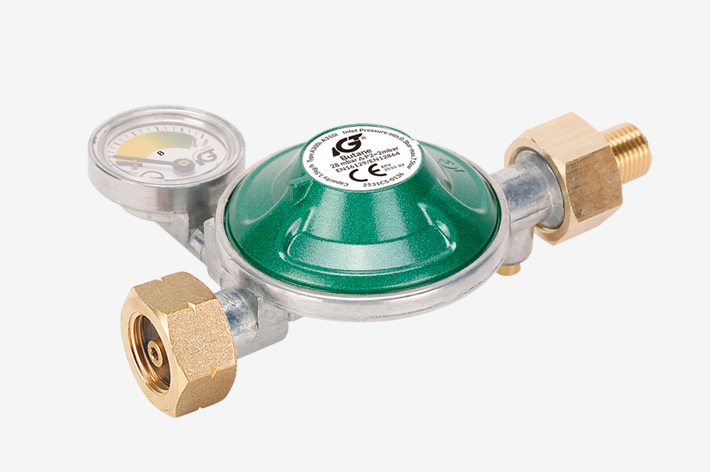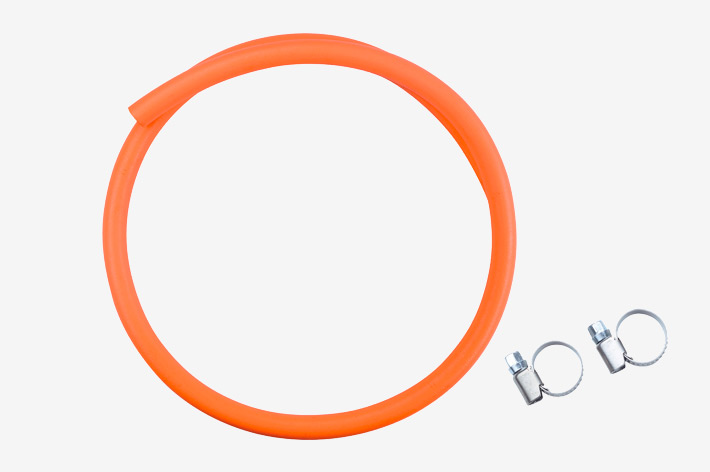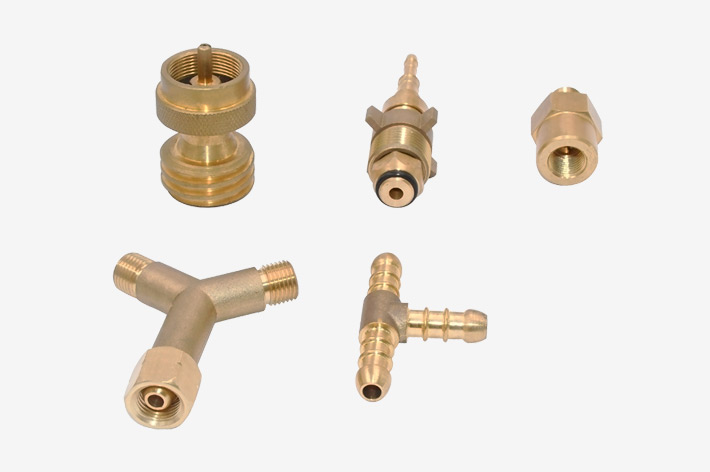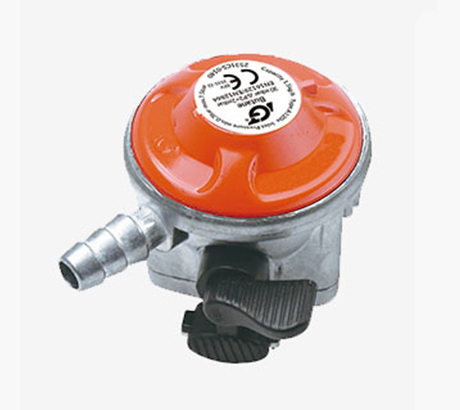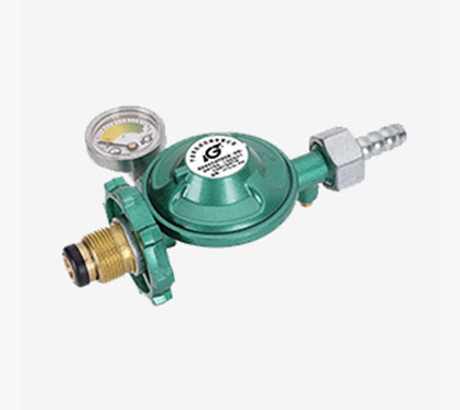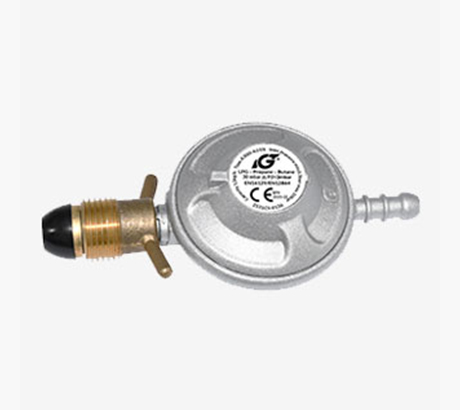Gas hose pipes must be replaced after they expire. When replacing, be sure to purchase a gas-specific hose and tighten the valve tightly. Meanwhile, before using the gas appliance, check for any damage or leaks in the indoor gas facilities. Remember to open windows for ventilation during use to promptly remove the exhaust gases and facilitate air flow for more thorough gas combustion. After using the gas appliance, please remember to turn off the valve in front of the gas stove to prevent gas leaks caused by hose damage.
Gas hose pipes cannot be longer than 2 meters
The longer the hose, the easier it is to bend, affecting the normal use of gas and posing a greater risk. Gas design specifications stipulate that when gas hose pipes are connected to household gas appliances, their length should not exceed 2 meters and there should be no interface. Exceeding 2 meters, the hose will have a great pressure drop, causing damage to it and presenting a safety hazard.
Gas hose pipes cannot be too close to the heat source
Gas hose pipes should not be near the cooktop or too close to the heat source to avoid being roasted by the flames and accelerating aging. Also, avoid bending the gas hose pipe too much to avoid clogs and affect continuous gas supply.
Gas hose pipes cannot be damaged or deformed
Hoses cannot be bent, stretched, cracked, damaged or aged. For household gas rubber hoses, they should be used within the stipulated period and replaced once a year is recommended. They should not be used for more than 18 months at the longest. If signs of aging, cracking, blistering, or damage are found, they must be replaced promptly.
Gas hose pipes cannot pass through walls, doors, windows and floors
Gas hoses pipe should not pass through walls, floors, ceilings, doors, or windows under any circumstances. This is mainly due to the fact that hoses will be damaged within the walls, causing gas leaks that are not easily found.
Gas hose pipes cannot be wrapped in flammable materials such as paper or plastic bags
Many people wrap the hoses in newspapers, plastic wrap, etc. to prevent them from getting oily. This is extremely dangerous. Once there is a spark, the rubber hose can easily catch fire and cause a fire.
Gas hose pipes cannot have the following conditions
Traces of being gnawed by mice, existence of oil stains, scorching, or outer cracking, bubbles, and damage to the rubber hose.
Have you remembered these safety tips for using gas hose pipes? Safety hazards often occur in easily overlooked places, so pay more attention to the kitchen environment in your daily life. If rubber hoses are still in use at home, check whether they have exceeded the service life or corroded due to aging and replace them with safer metal bellows as soon as possible to avoid safety hazards in daily gas use and ensure the safety of you and your family's lives and property.

 中文
中文 
